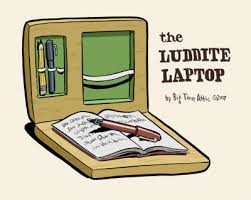Unlike point solutions, Inspiren unifies resident safety, care planning, staffing, and emergency response into a single AI-powered platform.
An artificial intelligence-powered virtual assistant platform for senior living and care providers.
Betting that AI could lighten the clinician load.
Home Instead goal: Applying technology to make home care more efficient.

 or health tech vendors to reach other health tech vendors. This event is an odd mix of technology service providers, health tech vendors (multiple categories), and startups looking to engage from a business partnership, channel, or solution set perspective. The event was preceded earlier in the year with a post about the
or health tech vendors to reach other health tech vendors. This event is an odd mix of technology service providers, health tech vendors (multiple categories), and startups looking to engage from a business partnership, channel, or solution set perspective. The event was preceded earlier in the year with a post about the  ctober is a busy month of events, new research and announcements. All are back from vacation,
ctober is a busy month of events, new research and announcements. All are back from vacation,  When boomers are 84 – there will be no keeping up. Just the same as when they are 64. Many boomers disagree with that statement, finding it insulting or pessimistic or both. They will repeat plaintively that baby boomers are very different than their parents’ generation. They are comfortable with technology. See how many have smartphones! They text, use Facebook and YouTube. Many
When boomers are 84 – there will be no keeping up. Just the same as when they are 64. Many boomers disagree with that statement, finding it insulting or pessimistic or both. They will repeat plaintively that baby boomers are very different than their parents’ generation. They are comfortable with technology. See how many have smartphones! They text, use Facebook and YouTube. Many